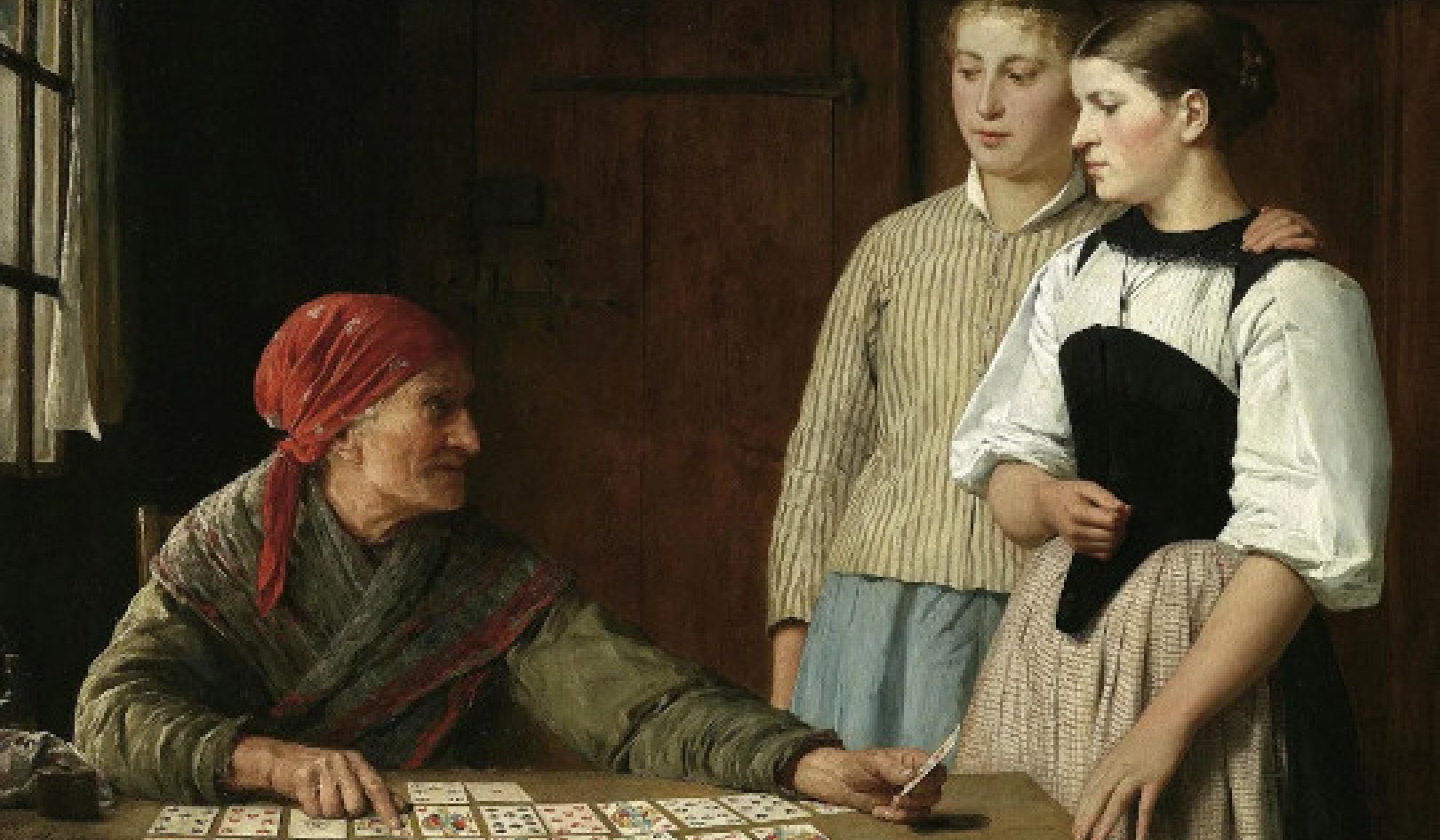
The ability to look on the bright side when times get tough — and, conversely, always expecting the worst — may be hardwired in the brain.
Distinguishing Negative Thinkers from Positive Thinkers
“It’s the first time we’ve been able to find a brain marker that really distinguishes negative thinkers from positive thinkers,” says Jason Moser, lead investigator and assistant professor of psychology at Michigan State University.
For the study, published in the Journal of Abnormal Psychology, 71 female participants were shown graphic images and asked to put a positive spin on them while their brain activity was recorded. Participants were shown a masked man holding a knife to a woman’s throat, for example, and told one potential outcome was the woman breaking free and escaping.
The participants were surveyed beforehand to establish who tended to think positively and who thought negatively or worried. The brain reading of the positive thinkers was much less active than that of the worriers during the experiment.
Worriers Increase Negative Response when asked to "Think Positive"
“The worriers actually showed a paradoxical backfiring effect in their brains when asked to decrease their negative emotions,” Moser says. “This suggests they have a really hard time putting a positive spin on difficult situations and actually make their negative emotions worse even when they are asked to think positively.”
The study focused on women because they are twice as likely as men to suffer from anxiety-related problems. Previously reported sex differences in brain structure and function could have obscured the results, researchers say. ‘Don’t worry’ doesn’t work
The findings have implications in the way negative thinkers approach difficult situations.
Learning to Think About Problems Differently
“You can’t just tell your friend to think positively or to not worry — that’s probably not going to help them,” he says. “So you need to take another tack and perhaps ask them to think about the problem in a different way, to use different strategies.”
Negative thinkers could also practice thinking positively, although Moser suspects it would take a lot of time and effort to even start to make a difference.
The original article appeared on Futurity.org
Researchers from the University of Michigan contributed to the study.
Source: Michigan State University, Original Study
About the Author
 Andy Henion, Media Communications Manager. Before joining the media communications team at Michigan State in August 2007, Andy spent 13 years as a reporter and editor at several daily newspapers, including the Lansing State Journal and the Detroit News. Andy is a 1994 graduate of MSU’s journalism program.
Andy Henion, Media Communications Manager. Before joining the media communications team at Michigan State in August 2007, Andy spent 13 years as a reporter and editor at several daily newspapers, including the Lansing State Journal and the Detroit News. Andy is a 1994 graduate of MSU’s journalism program.
Recommended book:
Deep Happy: How to Get There and Always Find Your Way Back
by Peter Fairfield.
 Spiritual and transformational healer Peter Fairfield offers tools and practices to achieve everyday happiness. He distills more than 40 years of healing, research, and personal experience into this profound and practical volume. This is a fascinating and provocative look at the deepest workings of the biological, quantum, and sacred reality of who we are. Peter shows how anyone can drop beneath the normal noise of everyday life to experience deep and profound happiness.
Spiritual and transformational healer Peter Fairfield offers tools and practices to achieve everyday happiness. He distills more than 40 years of healing, research, and personal experience into this profound and practical volume. This is a fascinating and provocative look at the deepest workings of the biological, quantum, and sacred reality of who we are. Peter shows how anyone can drop beneath the normal noise of everyday life to experience deep and profound happiness.
Click here for more info or to order this book on Amazon.

























